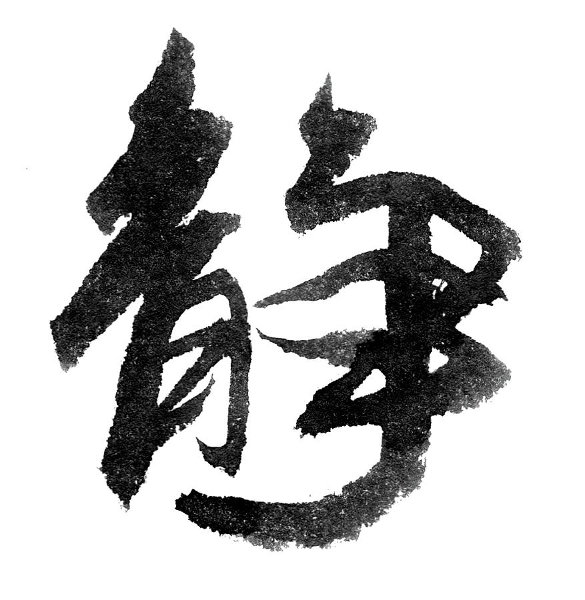
Contemporary English language contains the complexity of science and computers. Thick dictionaries provide pages of information attempting to precisely define a word whose meaning is well-known. The meaning of words today is associated with absence, nothingness, electronics, wiring, motherboards, the speed of light, the far reaches of philosophical discourse. But the writing of early Oriental civilizations retains advantages and advocates also. In the ABC of Reading, Ezra Pound argued for a return to words being symbolic pictures, which eventually gave rise to the idea of “Imagism.” However, writers and philosophers seized on Imagism, associated it with “eternal reality” and the logos, and made it into the most abstract sort of word use of all.
Nevertheless, logograms and pictograms remain viable as forms of language. They possibly hinder the commercial strain of development in today’s societies. The writing is so cumbersome and heavily based on straightforward symbols and simple juxtaposition that, in speculative moments, I imagine that such a writing, in early agricultural societies, had no practical use at all and served only as ornamentation and writing songs and poetry.
